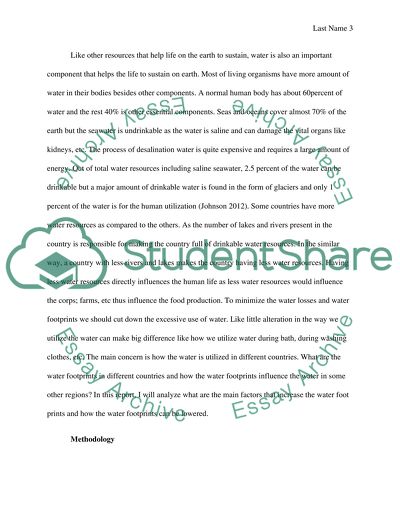Cite this document
(“Report - sustainability - compare the footprint of different countries Coursework”, n.d.)
Retrieved from https://studentshare.org/english/1394484-report-sustainability-compare-the-footprint-of
Retrieved from https://studentshare.org/english/1394484-report-sustainability-compare-the-footprint-of
(Report - Sustainability - Compare the Footprint of Different Countries Coursework)
https://studentshare.org/english/1394484-report-sustainability-compare-the-footprint-of.
https://studentshare.org/english/1394484-report-sustainability-compare-the-footprint-of.
“Report - Sustainability - Compare the Footprint of Different Countries Coursework”, n.d. https://studentshare.org/english/1394484-report-sustainability-compare-the-footprint-of.


